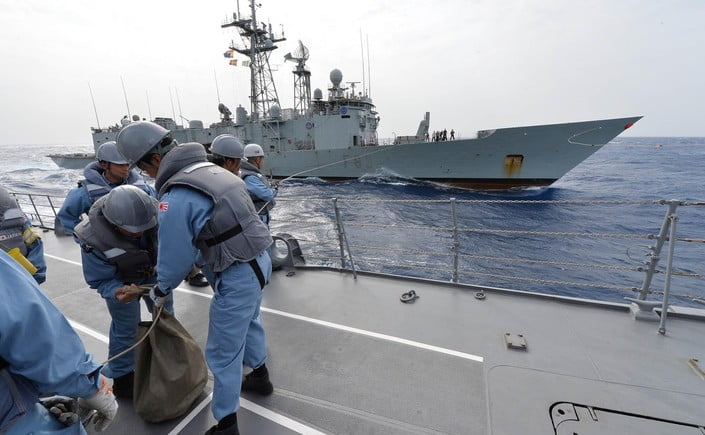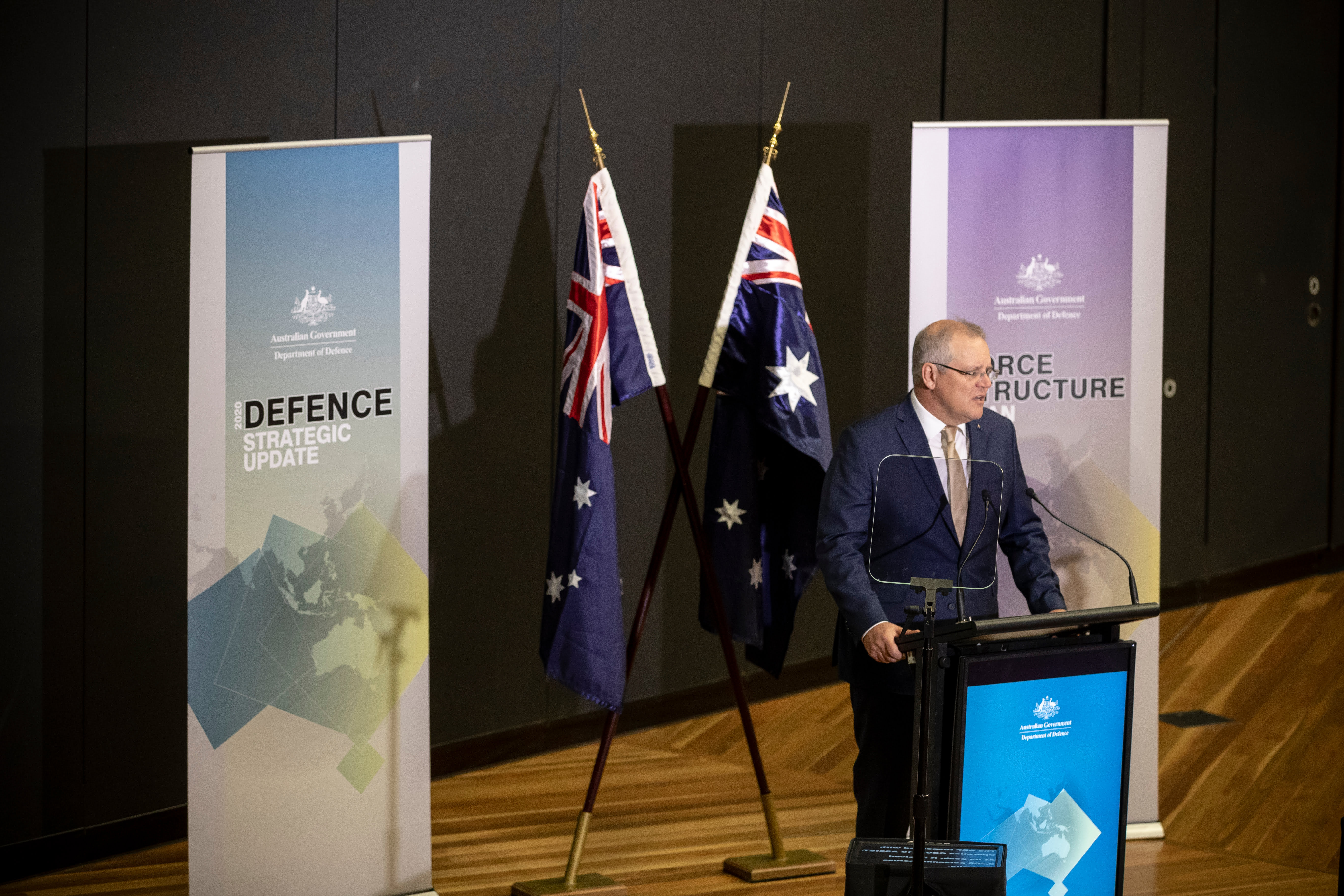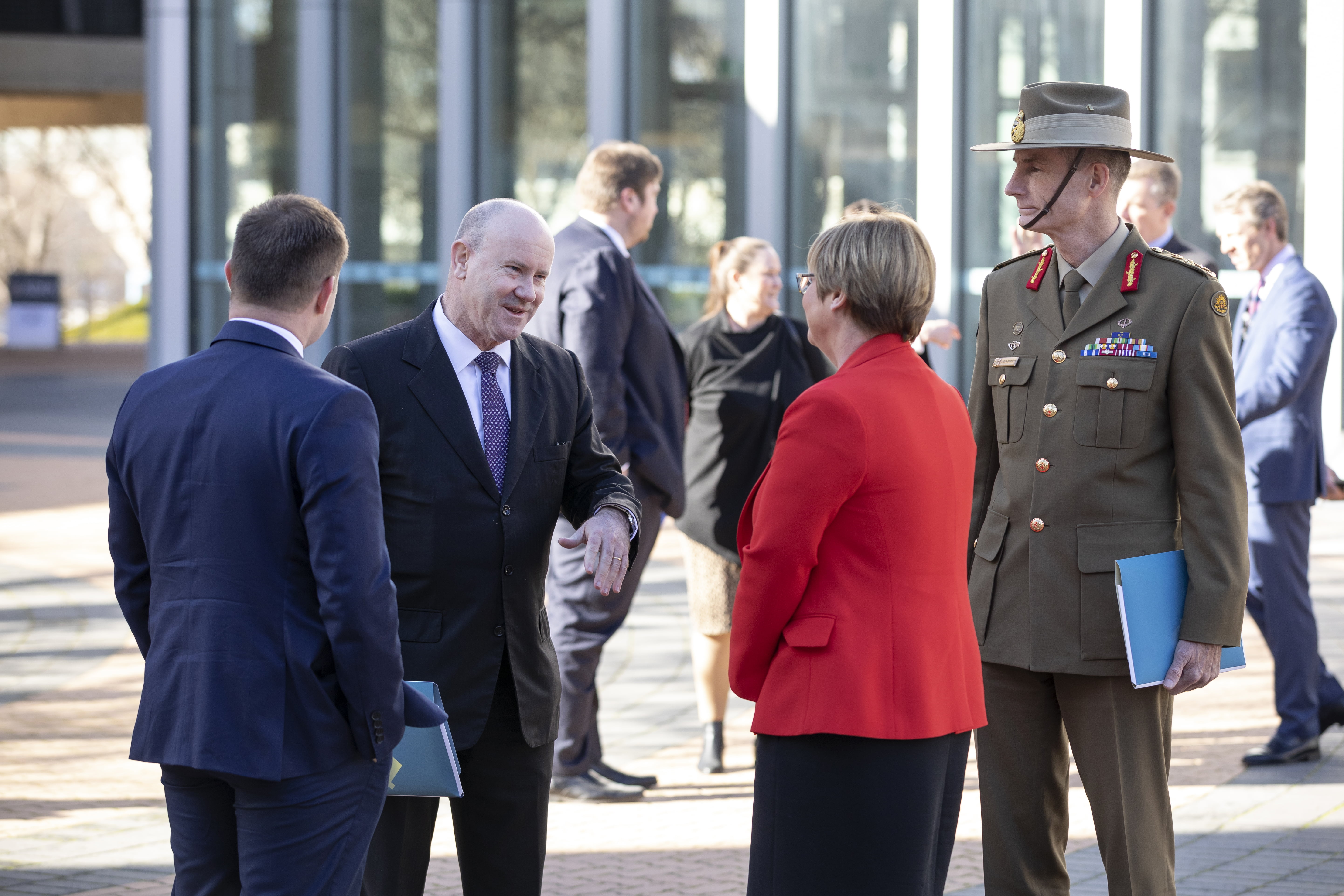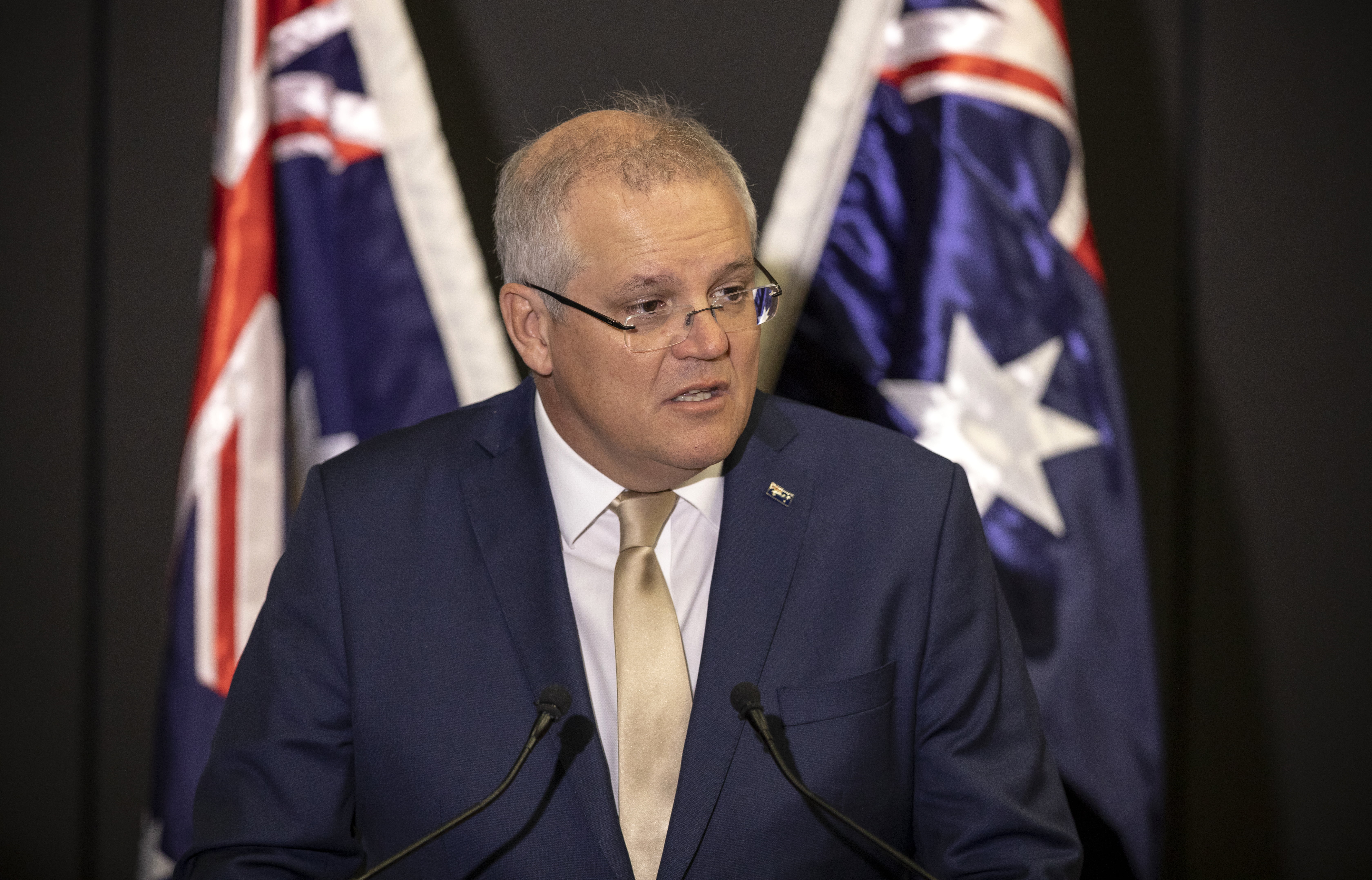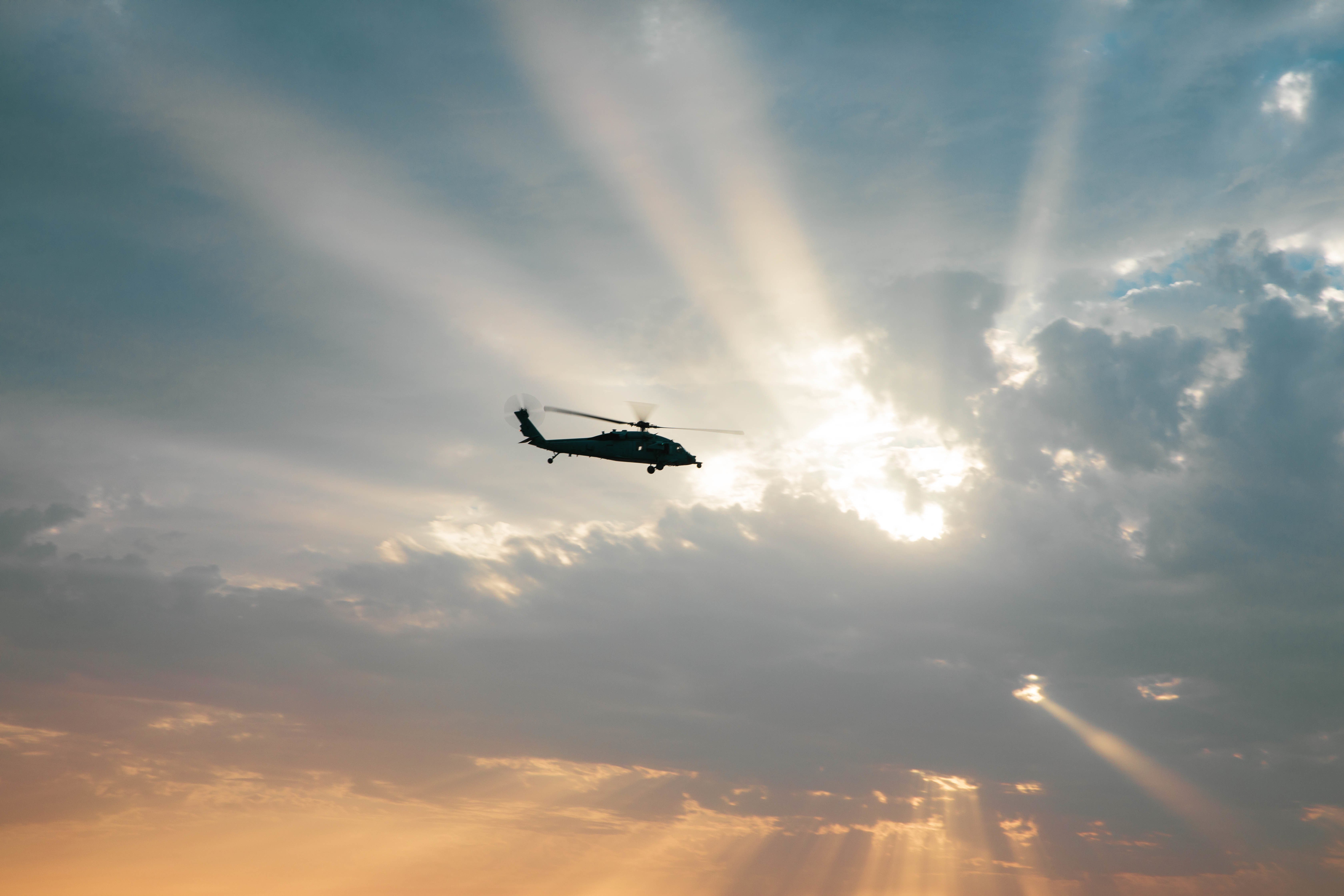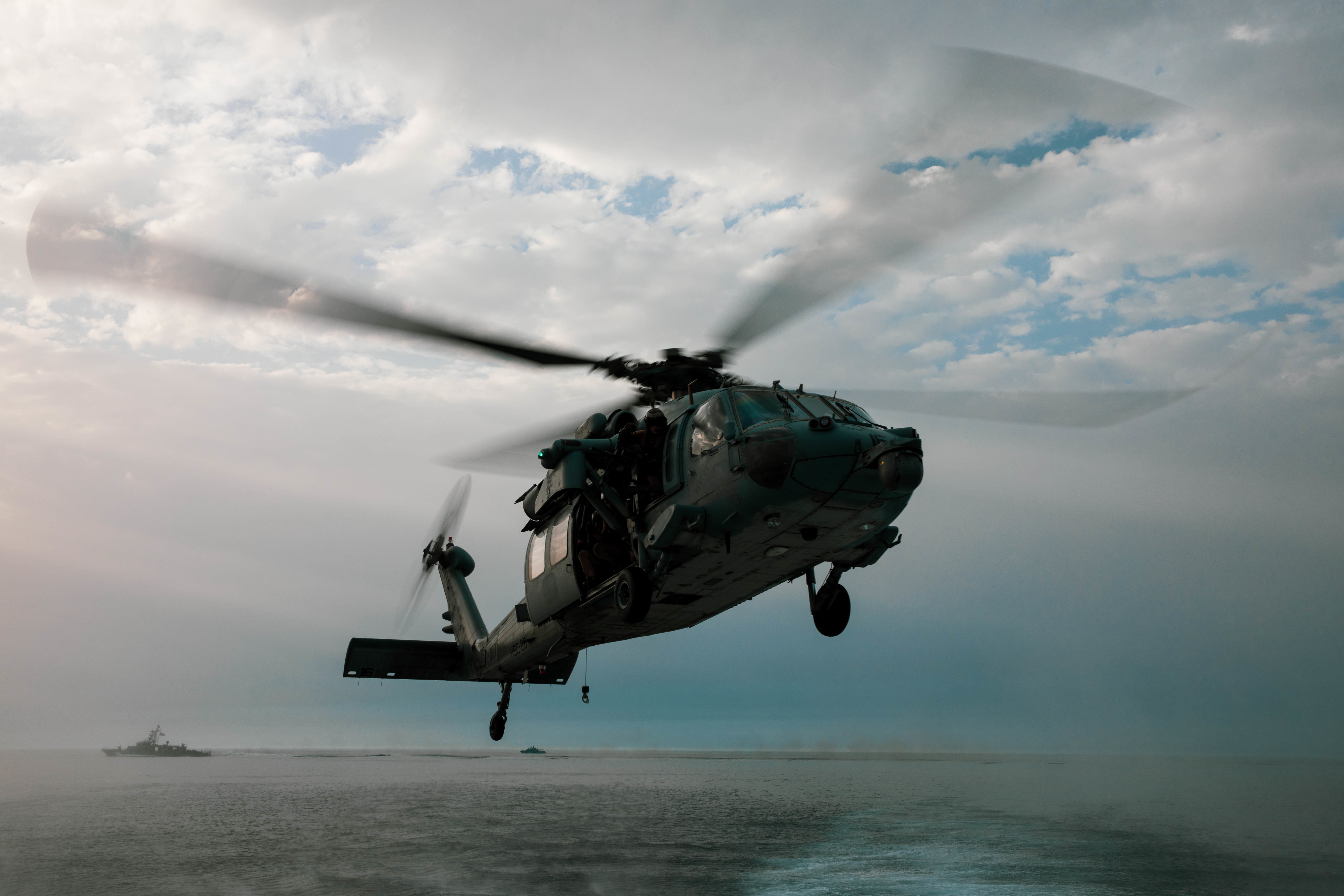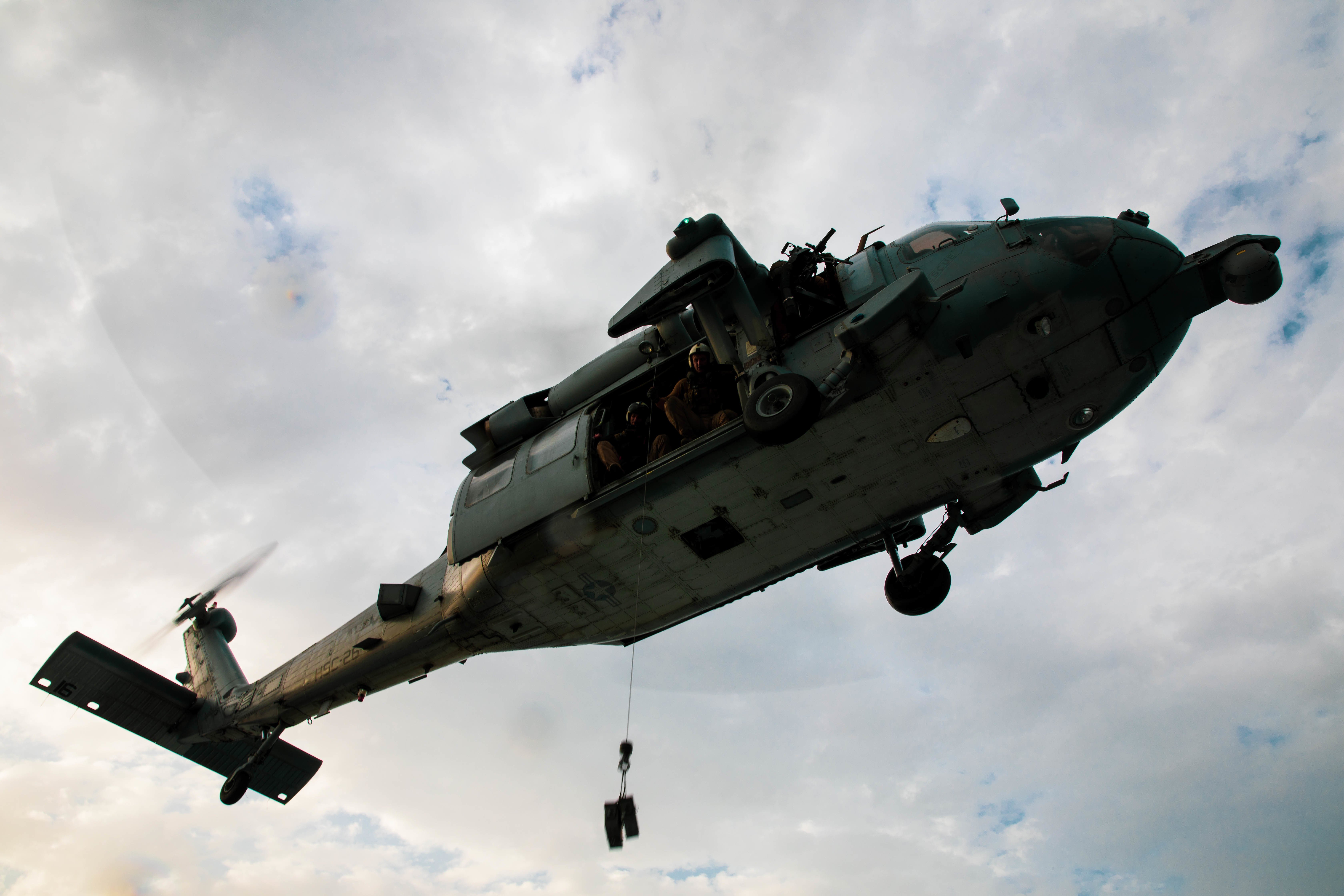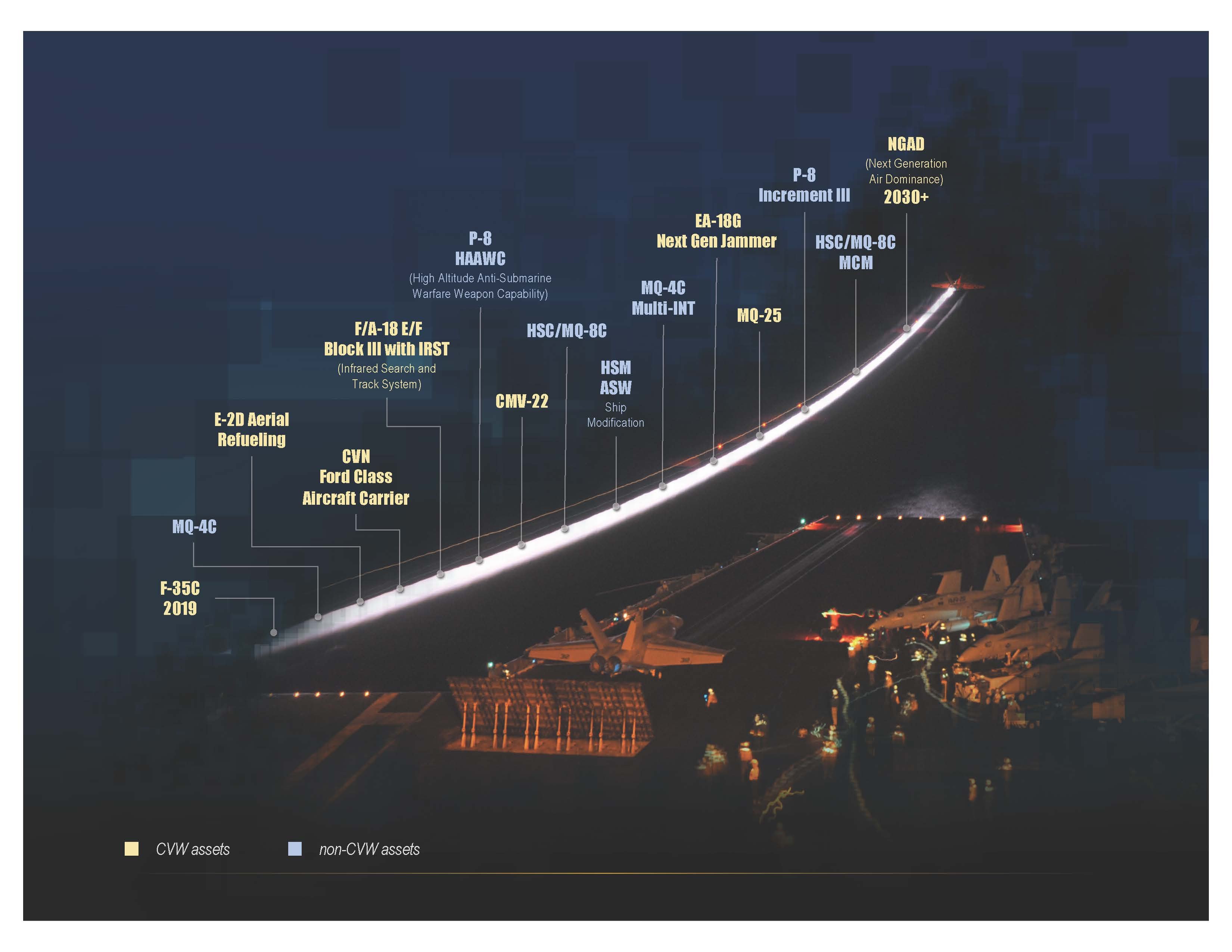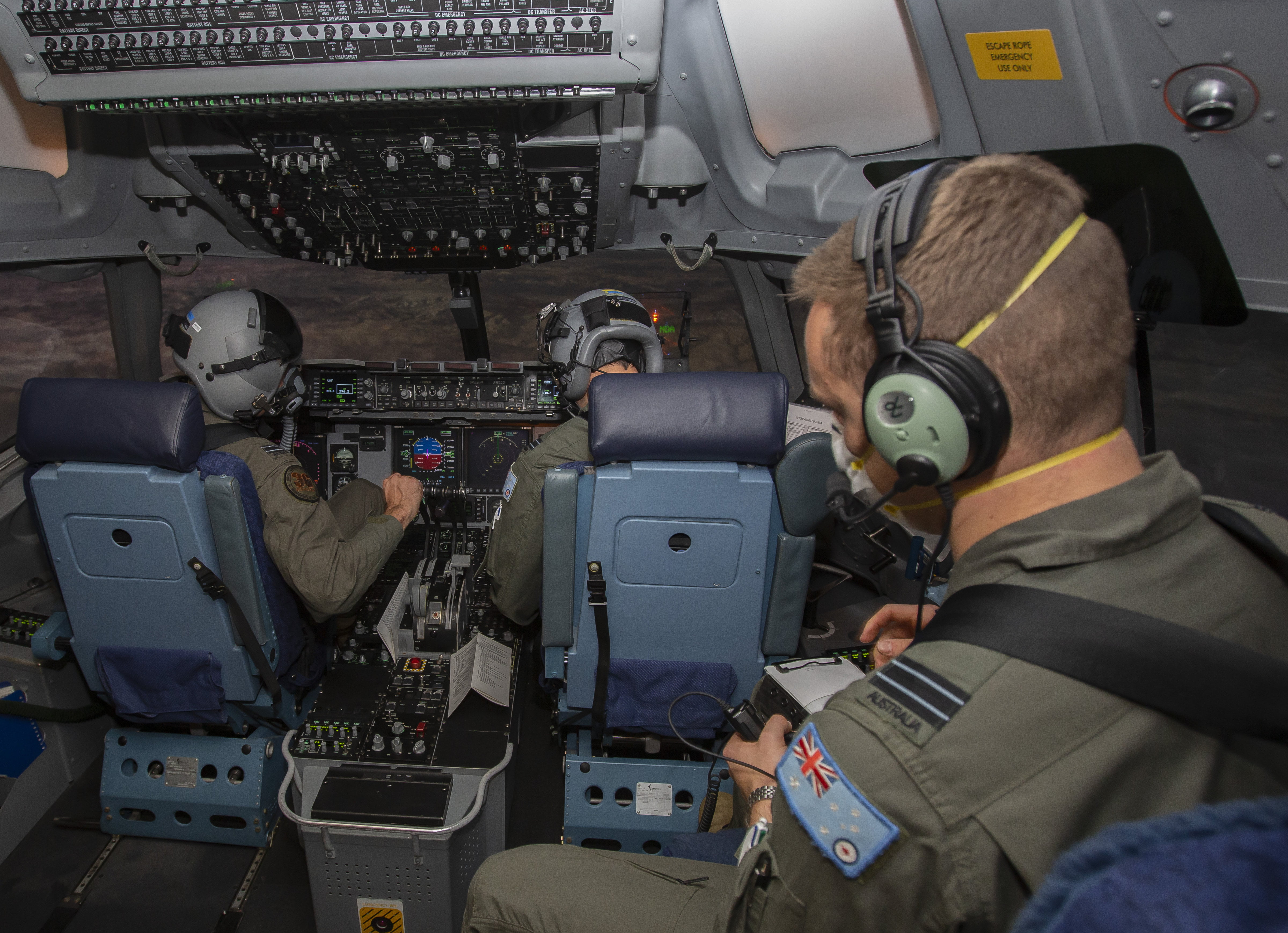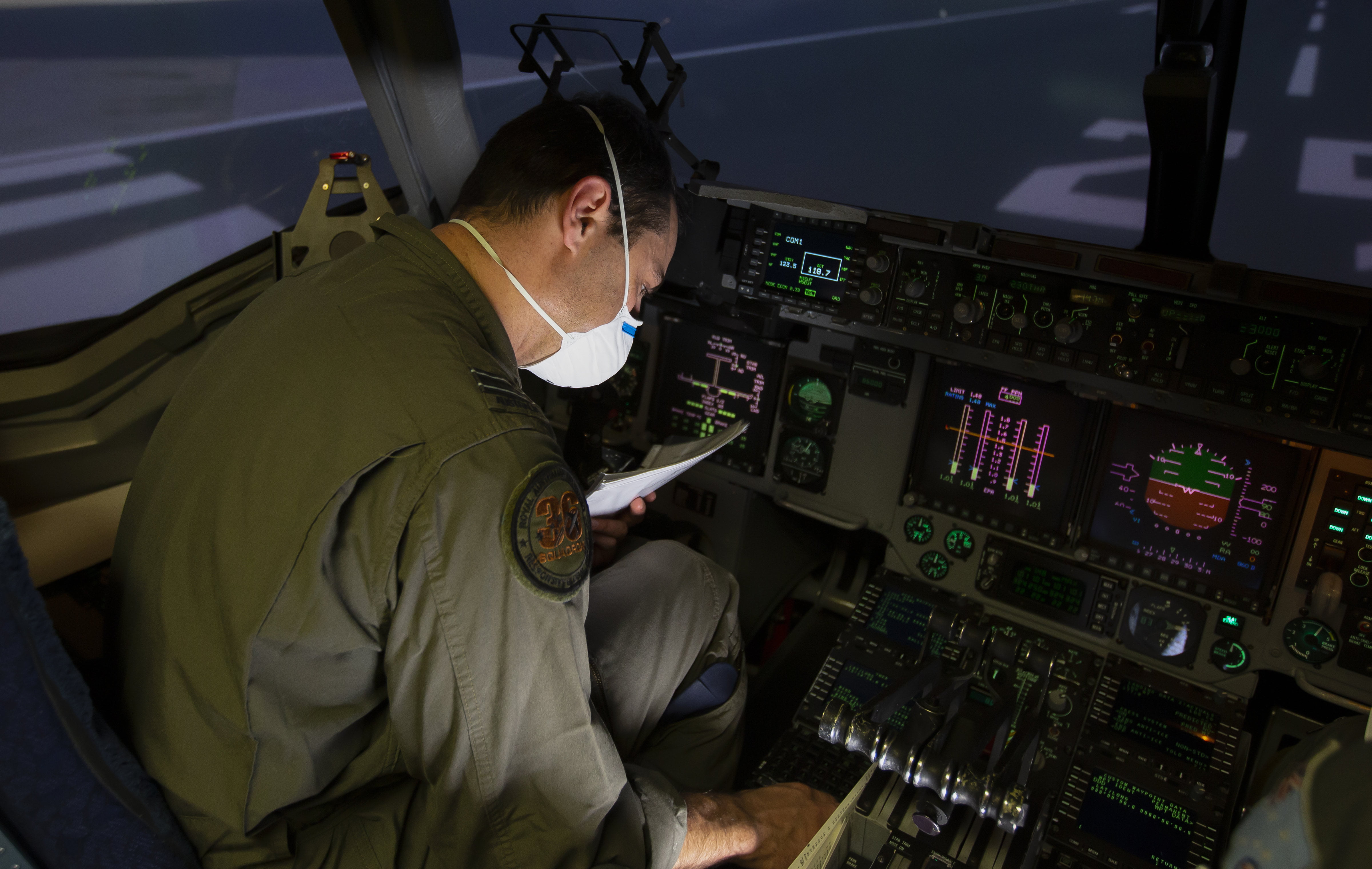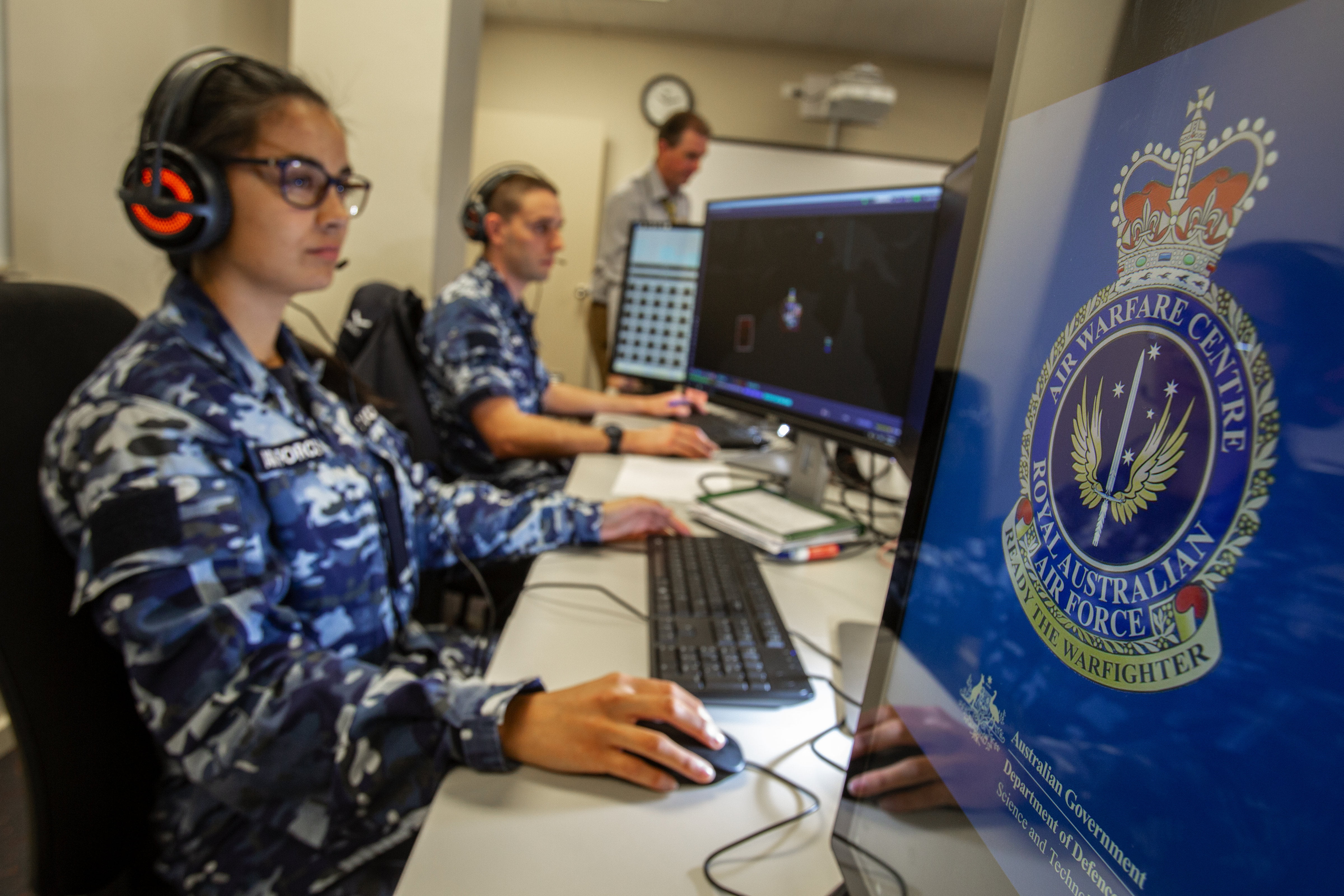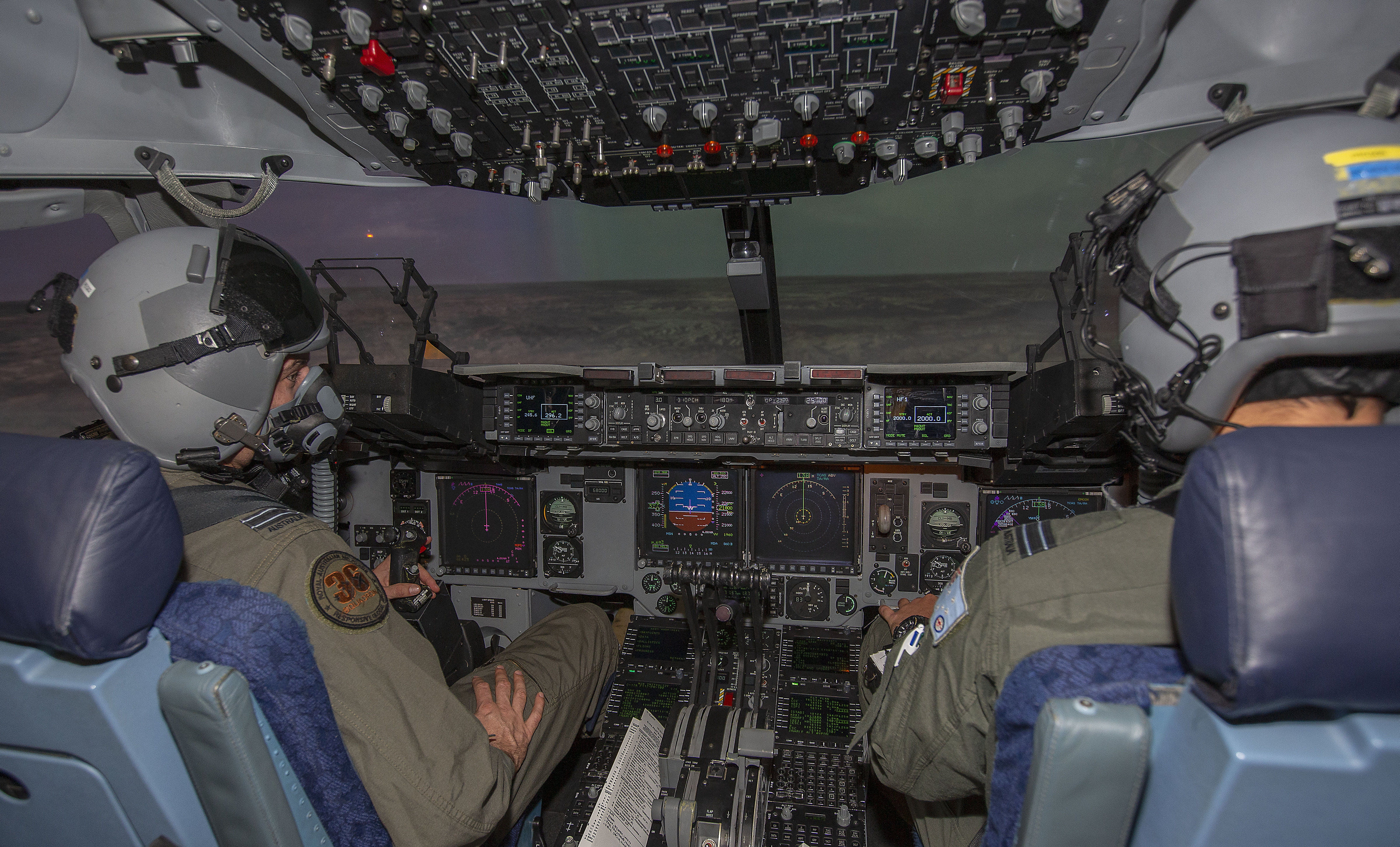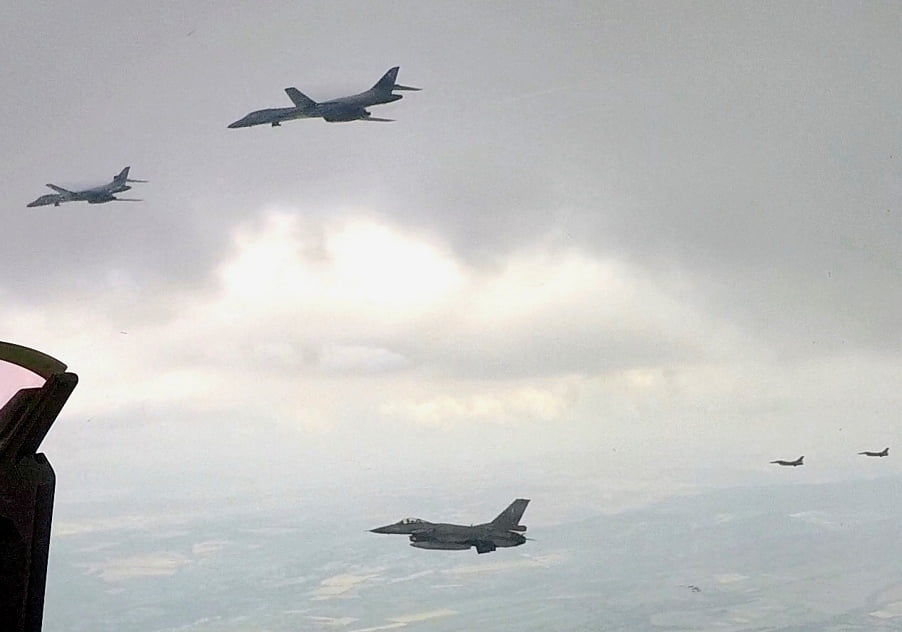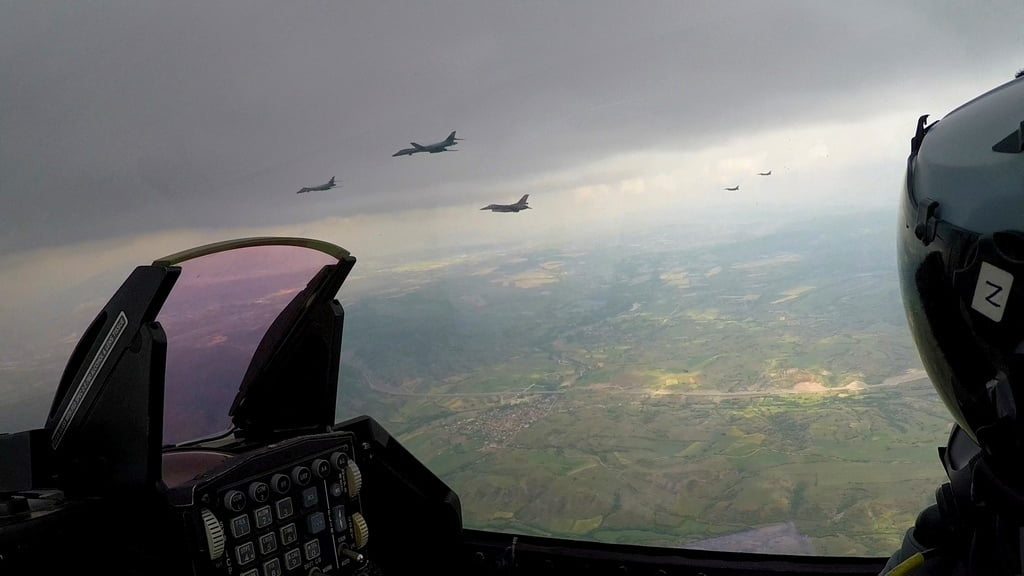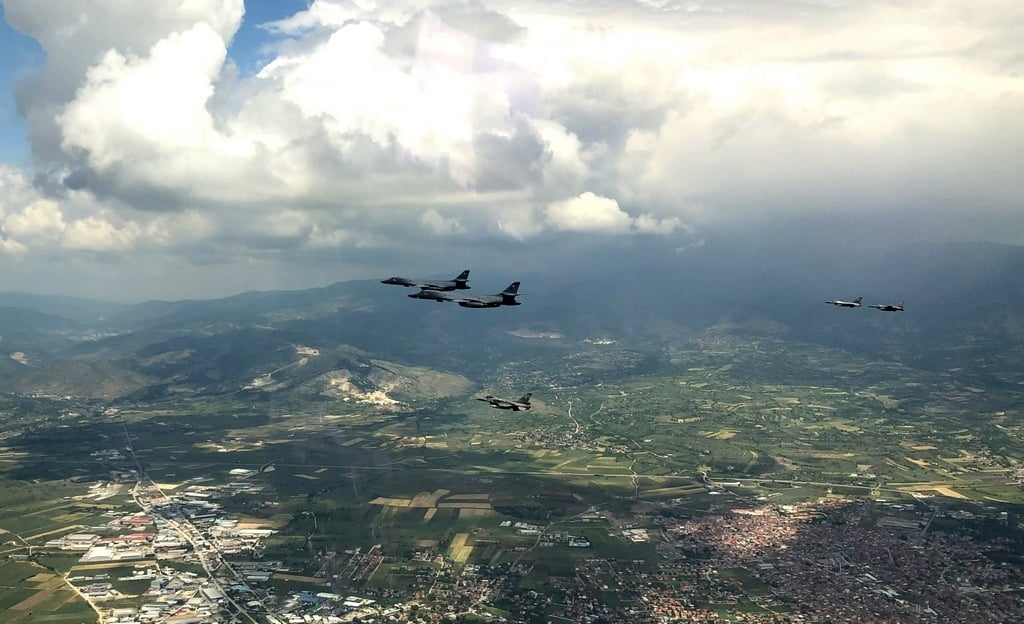By Robbin Laird
Last February, I visited San Diego and met with Vice Admiral Miller, the US Navy’s Air Boss.
During that meeting, we discussed a shift from what I call the integrated to the integratable air wing and its impact on innovation for the fleet and the joint force.
During that discussion, I learned about the introduction of the MISR WTIs or the Maritime ISR Weapons and Tactics Instructors (WTIs), who are specially trained officers and enlisted, to the ranks as well as of the coming of the Osprey to the carrier force in the near term and the MQ-25 unmanned air tanker to the fleet in the mid-term.
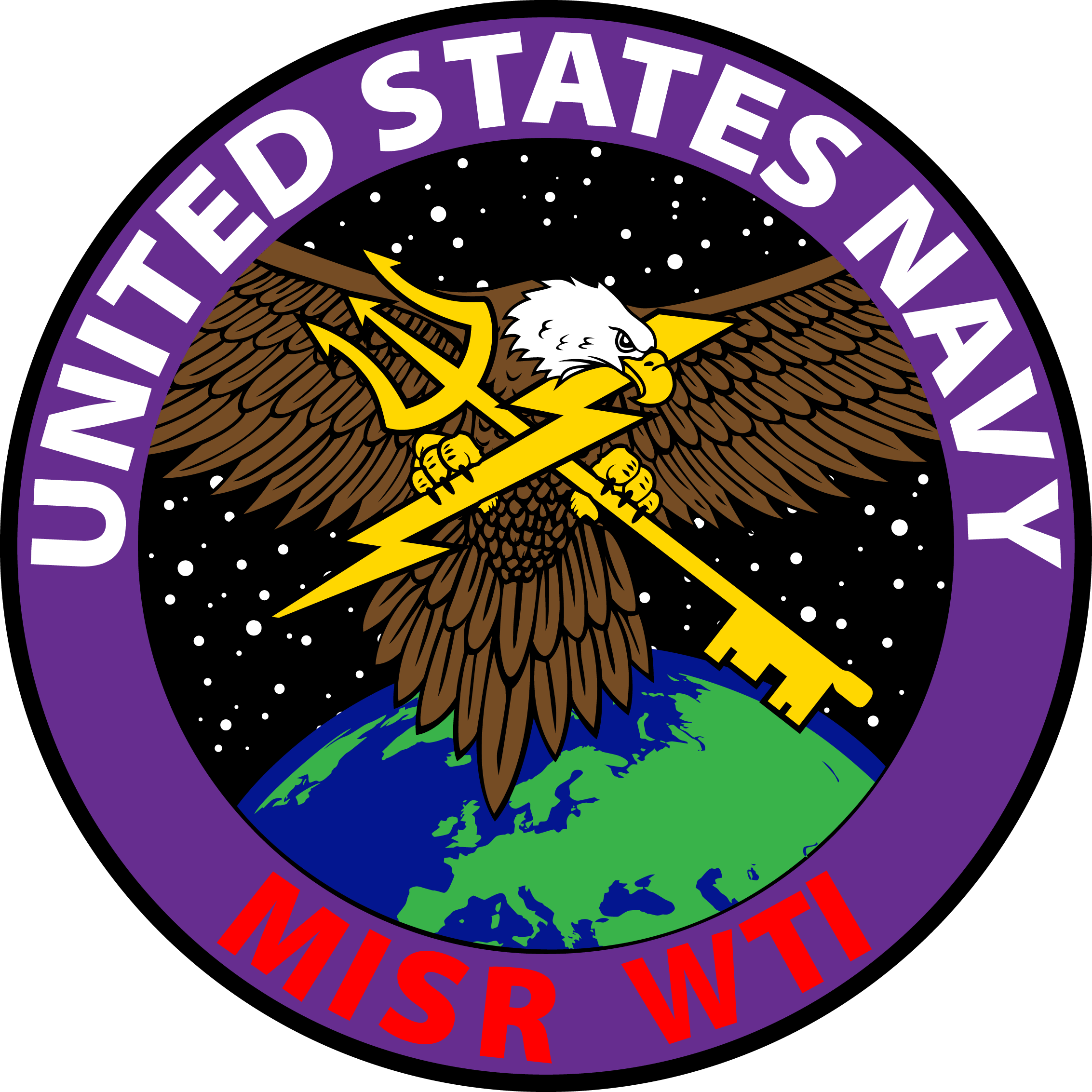
Our discussion focused on these changes, less in terms of platforms, and more in terms of how the Navy was working to reshape its capabilities as it re-focused on the best ways to operate in high-end warfare environment as well as operating across the full spectrum of conflict.
Since that time, I have travelled to Australia and have written a report on the new Australian offshore patrol vessel.
I also continued discussions about the shaping of a way ahead for the new-build Australian submarine and had wide-ranging discussions with the USMC, the USAF, and with the US Navy.
Last month, I visited Naval Aviation locations in Jacksonville and Mayport, Florida , then had meetings with senior Navy officers in Norfolk, and then this month spent several days in Nevada with NAWDC or the Naval Aviation Warfighting Development Center.
I have published some of these interviews, with many more to follow.
I should note that I closely adhered to the CDC COVID guidelines during my travels and would note that in both the airports and on the airplanes, the travelling public and the airlines staff clearly were concerned to do so as well.
This is a good sign for the recovery of air travel for sure.
But I would not that with air traffic at around 50% at most of pre-COVID-19 levels, don’t expect some of your favorite direct flights to be available.
For example, to get from Fallon to San Diego, I travelled from Reno to Dallas and then to San Diego.
I did learn that there seem to be some special exceptions to mask wearing on the airplane.
For example, here is one passenger on the flight sequence from Fallon San Diego.
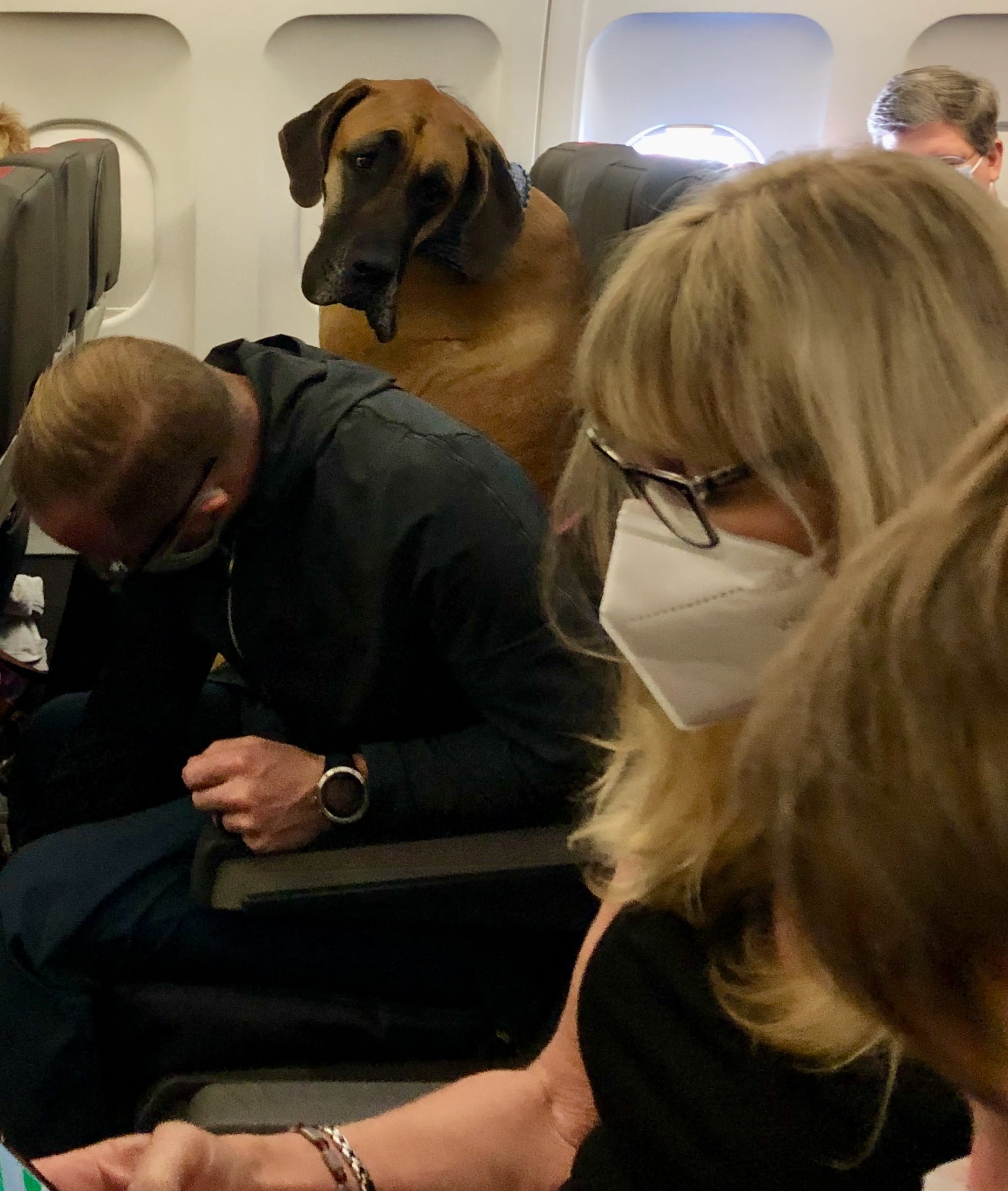
But visiting Naval Air Station North Island in San Diego this month provided me an opportunity to discuss the way ahead being shaped by the operational or fighting Navy which might be missed if I had stayed Inside the Beltwa
Similarly, discussions with the U.S. Air Warfare Center at Nellis AFB and with the USMC’s MAWTS-1 squadron, as well as with officers working at Headquarters USMC Aviation, provided an opportunity to understand how the approach to fleet-wide innovation was interacting with changes in other parts of the joint force.
Visits in 2018 by Ed Timperlake and myself to Fort Sill provided insights into how the Air Defense Artillery community was intersecting with kill-web innovations.
A clear takeaway from my discussions in the various parts of Naval Aviation and with fleet officers has been that the current Air Boss, Vice Admiral Miller, who is retiring this Fall, has provided significant leadership to encourage innovation throughout the Naval Aviation Enterprise.
And during my most recent visit to North Island this month, I had a chance to continue the discussion with the Air Boss about shaping a way ahead for innovation that I would like to highlight in this article.
At the meeting with the Air Boss, either in person or in the teleconference, was my host for the NAWDC visit and the CO of NAWDC, Rear Admiral Rich Brophy; the Chief of Staff for the Air Boss, Captain Max McCoy, most recently, head of the Navy’s operational F-35C force; and the head of the N98 requirements division as well as the N98 officer involved with the MQ-25-program.
What was clear from visiting NAWDC, and from my prior discussions with the heads of the weapons training departments at NAWDC, is that the training center is focused on the integratable air wing, and the role of carrier aviation working more broadly with the fleet and the joint force.
Two new warfighting departments have been put in place which represent the shift—namely, the MISR Weapons School and the information warfare department, which is focused on the challenge of dynamic targeting.
At NAWDC, there is a significant shift from a primary focus on Tactics, Techniques, and Procedures (TTPs) for platforms and their integration on the carrier to a focus on TTPs for broader functional areas wherein TTPs need to be shaped fleet wide, such as for joint maritime strike.
With regard to MISR WTIs, their core task is to work integratability between organic carrier ISR assets with non-organic ISR assets and sensors to assist in the process of CSG decision making, and in the case of assignment to the fleet level, to do so for the fleet decision makers.
This obviously is a fundamental shift and a work in progress.
The impact of the F-35 is part of the process of change.
Currently at NAWDC, an F-35C squadron is working closely with the Hawkeye community to shape the kind of integratability which could flow nicely into the expanded reach of the fleet to deliver the combat effects necessary for either the high-end fight or full spectrum crisis management.
In thinking about the coming of the MQ-25, clearly the current focus is upon getting the asset developed to the point where it can operate off the carrier by the mid-2020s to perform a core function, tanking, and thereby freeing up manned assets for other mission sets.
It has been designed to carry the sensors that will be most useful to the fleet going forward.
Indeed, a major change is a recognition that the evolution of the sensor network feeding decision-making fleet wide, and for the joint force, is a core focus of attention.
But the sensors which can be envisaged do not need to be under the glass but could be passive sensors carried by new systems like the CMV-22 or the MQ-25.
What is quite impressive is that thinking is already underway with regard to what would make sense to include on these aircraft to enhance fleet lethality and combat effectiveness.
Perhaps a new role for the MISR WTIs might be to provide inputs with regard to the evolution of the fleet sensor network.
But more generally with regard to MISR contributions, clearly the focus has been, as Vice Admiral Miller put it: “Build the capability and they will come” with regard to the recognition of the growing contributions of the sensor network and evolving C2 to fleet innovation.
Another case in point has been the coming of the Triton to Pacific operations.
The Triton brings a whole new layer of situational awareness and targeting capabilities to the fleet, and with the growing awareness of the priority on integration of the US Air Force with Navy fleet operations, the Triton can provide a contribution to the integratability of the two services as well.
Indeed, the USAF and the USN are engaging in a clear effort to better integrate across the board, notably with regard to bombers and the fleet.
The US Navy is hosting an exercise called RESOLUTE HUNTER which is working ways to better integrate ISR, C2, and Battle Management across the forces, with the next iteration to be held this November.
The work on integratability of the various air-maritime elements, can lead as well to rethinking of how the L-class ships or the large deck carrier will operate in the future and thereby shape new capabilities across the crisis management spectrum.
I wrote earlier about rethinking how L-class ships could operate more effectively in a task force as Vipers and Romeos become integratabtle platforms with the focus of the USMC on digital interoperability generating new capabilities for the Viper to integrate.
With Vice Admiral Mille, we discussed how the new Ford class carriers can operate quite differently from the Nimitz class. With three times the onboard power systems, new C2 capabilities, an ability to host directed energy weapons, and to configure C2 cells differently, the USS GERALD R. FORD (CVN 78) conducting blue water operations could operate as a key epicenter for supporting multiple kill webs or reintegrating into a tightly integrated defensive force dependent on the evolving combat situation.
The rethinking of the operations the L-class ships and of the large deck carrier, as part of a wider set of interactive kill webs, are topics to be discussed in future articles, but the work which is unfolding under the Air Boss and in the naval aviation community (remembering that the Marines are key players in that community) clearly is underwriting new ways to work the fleet.
VICE ADMIRAL DEWOLFE MILLER, III
Commander, Naval Air Forces/Commander, Naval Air Force, US Pacific Fleet
Vice Adm. DeWolfe Miller is a native of Annapolis, Maryland, grew up in York, Pennsylvania, and graduated from the U.S. Naval Academy in 1981. He holds a Master of Science from the National Defense University, is a Syracuse University national security management fellow and is a graduate of the Navy’s Nuclear Power Program.
His operational assignments include Training Squadron (VT) 19 in Meridian, Mississippi; Attack Squadron (VA) 56 aboard USS Midway (CV 41); Strike Fighter Squadron (VFA) 25 on USS Constellation (CV 64); VFA-131 and VFA-34 both aboard USS Dwight D. Eisenhower (CVN 69); executive officer of USS Carl Vinson (CVN 70); commanding officer of USS Nashville (LPD 13); commanding officer of USS George H.W. Bush (CVN 77) and as a flag officer, commander of Carrier Strike Group (CSG) 2 participating in combat Operations Enduring Freedom and Iraqi Resolve.
Miller’s shore tours include Air Test and Evaluation Squadron (VX) 5; aviation programs analyst Office of the Chief of Naval Operations (OPNAV N80); Strike Fighter Weapons School Atlantic; deputy director of naval operations at the Combined Air Operations Center during Operation Allied Force; Office of Legislative Affairs for the Secretary of Defense; aircraft carrier requirements officer for Commander, Naval Air Forces; and flag officer tours in OPNAV as director for Intelligence, Surveillance and Reconnaissance (N2N6F2); assistant deputy chief of naval operations for Warfare Systems (N9B); and most recently as director, Air Warfare (N98).
Miller became Naval Aviation’s 8th “Air Boss” in January 2018.
He is entitled to wear the Defense Superior Service Medal, Legion of Merit, Bronze Star, Meritorious Service Medal, Air Medal and other personal, unit and service awards.
The featured graphic highlights a way to think about the process of transformation for the carrier air wing over the next decade.
What is underway is a shift from integrating the air wing around relatively modest and sequential modernization efforts for the core platforms to a robust transformation process in which new assets enter the force and create a swirl of transformation opportunities, challenges, and pressures.
See also, the following:
In the Footsteps of Admiral Nimitz: VADM Miller and His Team Focused on 21st Century “Training”


